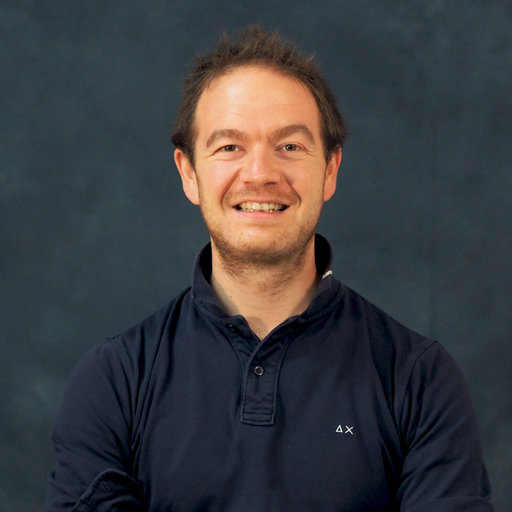Agenda
Microelectronics colloquium
- Thursday, 27 February 2020
- 15:30-17:00
- EEMCS, Restaurantzaal
Radar; Compressive Sensing, Information Geometry and Neural Networks in Radar /Radar – Old but gold
Radmila Pribić (Thales/TUD), Francesco Fioranelli (TUD)
Abstract Radmila Pribić
Radar; Compressive Sensing, Information Geometry and Neural Networks in Radar
Compressive Sensing (CS) is a recent paradigm in sensing (since 2006) that works with fewer data because it is optimized to information in data rather than to the sensing bandwidth only. Most promising benefits of CS in radar are fewer data, high resolution and multi-target analysis.
Information geometry (IG) is an approach to stochastic signal processing (since the eighties) whose most promising benefits have been found in using information distances for resolution bounds, parameter estimation and analysis of accuracy and detection.
Neural networks (NNs) provide mighty numerical tools for learning radar-sensing models directly from data. IG and CS work naturally with NNs in the probabilistic inferences.
The mixture of CS, IG and NNs enables an elegant and straightforward framework for optimizing the demands of data acquisition and signal processing in radar.
Abstract Francesco Fioranelli
Radar – Old but gold
On the birthday cake for Radar we put this year 116 candles – it was indeed in 1904 that German engineer Christian Hülsmeyer publicly demonstrated for the first time radar technology to detect ships even in foggy conditions from a bridge in Köln (Cologne). However, research in sensing using transmitted and received electromagnetic signals is still enjoying exciting developments, as detecting and recognising objects at large distances and in all weather conditions is still a significant need today in aviation, navigation, autonomous systems, security.
One of these recent developments is the combination of modern artificial intelligence with radar based classification, to make our radar systems more capable, intelligent, autonomous. In my talk I will present some recent results and outstanding challenges from research activities in my previous post at the University of Glasgow and those planned and started here at TU Delft. Specifically, I will discuss applications of radar imaging (micro-Doppler signatures but not only) to the domain of human activities/gait identification in the context of healthcare, and classification of small Unmanned Aerial Vehicles (drones), relevant in security/defense context.
Additional information ....png)
